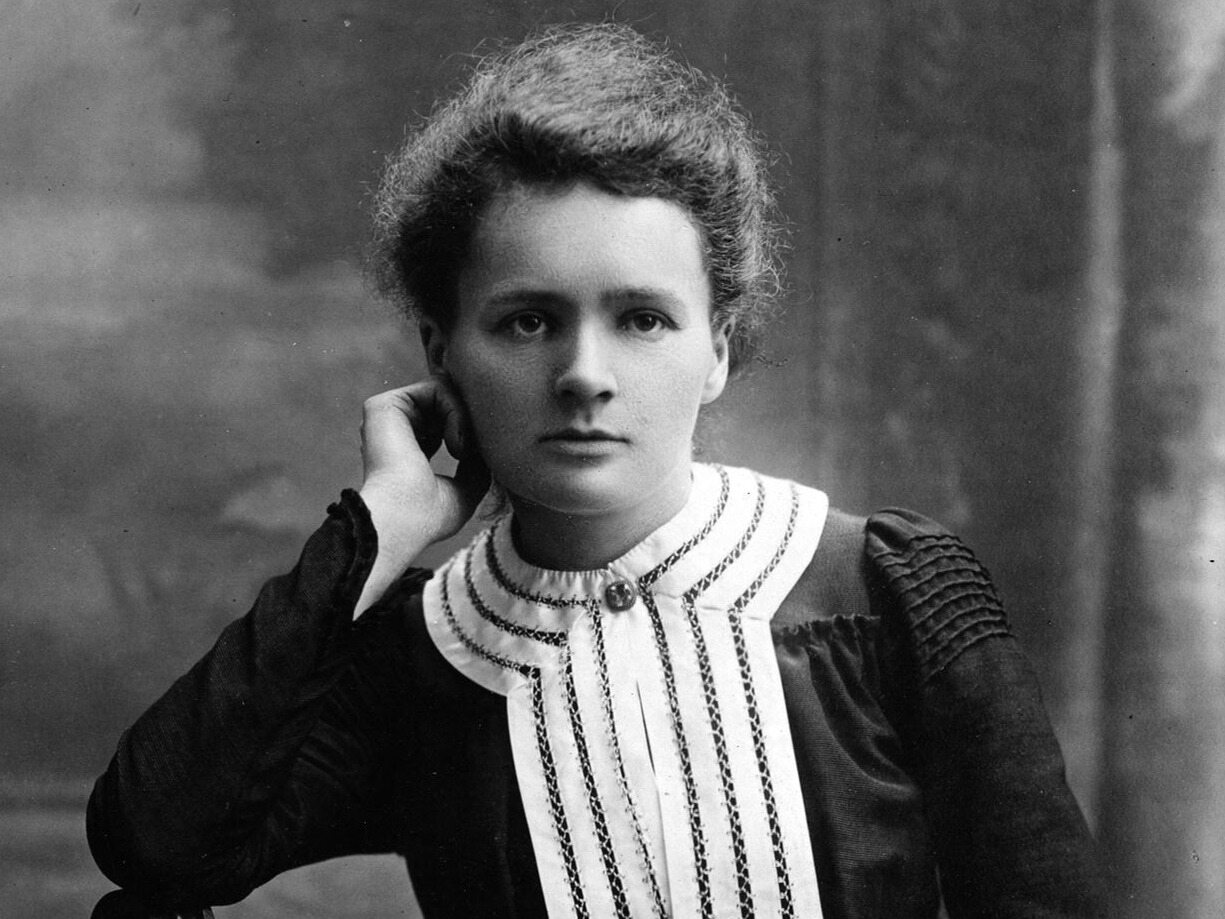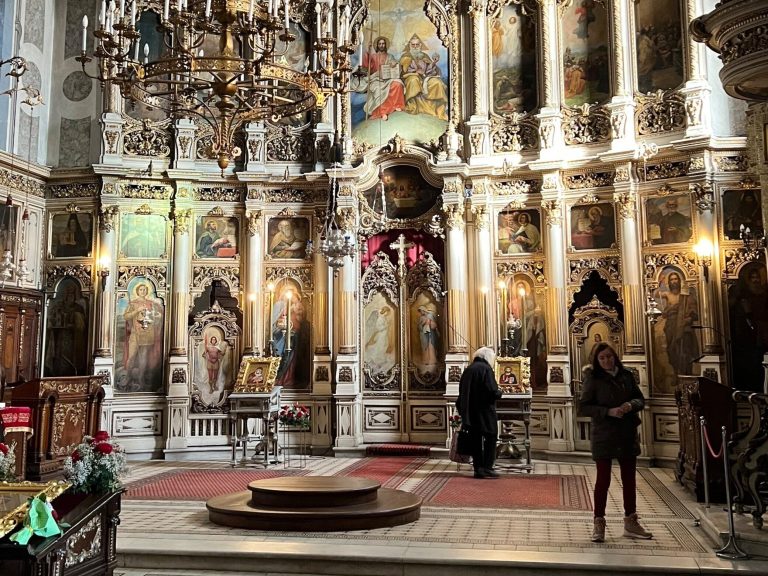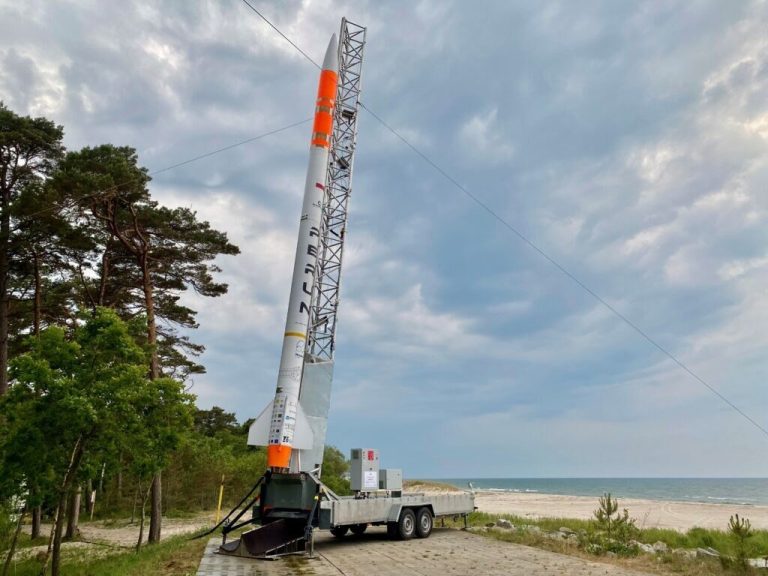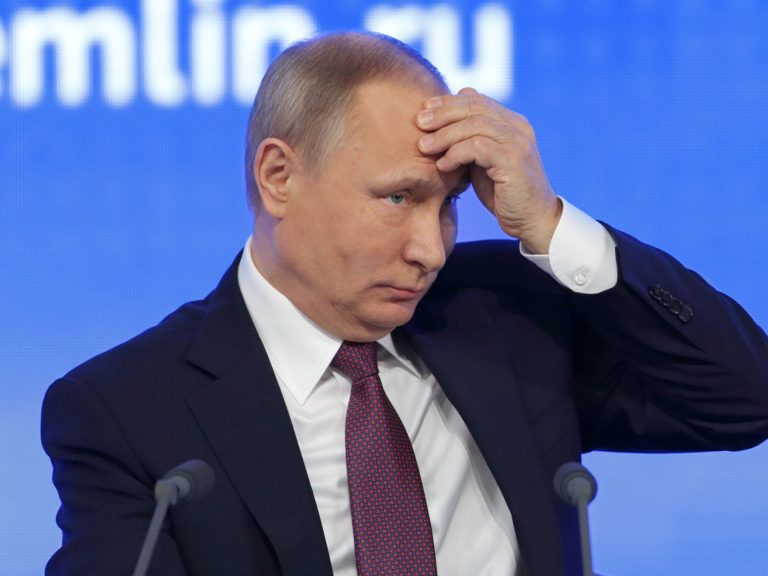The most famous Pole in the world. “Maria Skłodowska-Curie became a role model for young women”

– Maria Skłodowska-Curie is the most famous Polish scientist. And you can probably also say that she is the most famous Pole in the world – assessed Sławomir Paszkiet, director of the Maria Skłodowska-Curie Museum in Warsaw, in the podcast “People of Science”.
In May, as part of the series “Science is a Polish specialty”, we deal with Polish scientists who made groundbreaking discoveries, and their actions changed the face of the world and influenced the lives of many people. Certainly one of the most important such people in Polish history is the two-time Nobel laureate Maria Skłodowska-Curie. We talk about her life and achievements in the latest episode of the “People of Science” podcast with Sławomir Paszkiet, director of the Maria Skłodowska-Curie Museum in Warsaw.
We invite you to listen to the entire episode of the Wprost podcast “People of Science”:
The most famous Polish scientist
Sławomir Paszkiet admitted that Maria Skłodowska-Curie can be called the most outstanding Polish scientist.
– The proof of this is not only the popularity of Maria Skłodowska-Curie and the knowledge about her around the world. There are many rankings related to the most famous figures in the history of science. And indeed, there is no higher ranked Polish woman on such lists, or even a resident of Poland, or a person born in today’s Polish lands, emphasizes the director of the museum. – Maria Skłodowska-Curie is the most famous Polish scientist. And you can probably say that she is perhaps the most famous Pole in the world – he added.
The achievements of Maria Skłodowska-Curie were important not only from the point of view of the development of physics and chemistry, but radium and polonium were quickly used in various devices, and above all in medicine, saving human lives.
– On the one hand, this is a change in the perception of physics, but also a significant development in the field of chemistry and, in a slightly unplanned way, also in medicine – emphasizes Sławomir Paszkiet. – In the end, the discovery of the Curies became the foundation for all achievements in the field of radiochemistry, or, as it used to be called, “curietherapy”, i.e. therapy based on the use of radium first, and then other radioactive elements or isotopes – he adds.
“She regretted that she named polonium after Poland”
Despite being world famous, Maria Skłodowska-Curie never forgot about Poland. The name of the first element discovered by her – polonium – comes from the name of her homeland, which at that time was still under partition.
– Maria Skłodowska regretted giving this name to the first element. Because if she had known then that the second element she and her husband would discover, i.e. radium, would be so popular and known all over the world, she would have called it polonium, points out the director of the Warsaw museum.
Of course, the symbolic naming is not the only thing Maria Skłodowska-Curie did for her homeland. – Maria Skłodowska-Curie has never lost contact with her homeland – emphasizes Sławomir Paszkiet. – Even though she never had a Polish passport, she always knew that she was Polish, that she owed something to her country, not on the basis of debt, but such a belief – points out the museologist.
Immediately after graduation, the scientist wanted to come to her homeland to the university in Krakow and work like a real positivist. Unfortunately, in those times in Poland there was no possibility for women to pursue a scientific career. That is why Maria Skłodowska returned to France.
– There he develops his skills. And when he publishes his first works, he immediately sends them to Poland. They always appear in Polish very shortly after they appear in France. So Poles have had contact with what she was doing from the very beginning. – emphasizes Sławomir Paszkiet. – When he starts lecturing in the field of radioactivity, he immediately helps Polish students to obtain scholarships and access to French studies. When the Radium Institute in France is established, there is always room for students from Poland
After all, it is thanks to her efforts that a modern Radium Institute is established in Poland, dealing both with research on radioactivity and treating patients with the use of radioactivity. It is Skłodowska-Curie who buys the first gram of radium for Poland, partially obtaining funds from US President Herbert Hoover.
Maria Skłodowska-Curie an inspiration
Skłodowska-Curie was one of the most famous women in world science in her time. In a famous photo from the 1927 Solway Fifth Congress on Physics and Chemistry, she is the only woman among dozens of famous scientists, more than half of whom have won or will receive a Nobel Prize.
“She earned her position through hard work, talent, skills, and discoveries,” lists the director of the Warsaw museum. She also points out that her position was influenced by her modesty and a certain ascetic attitude at a time when women were not allowed to pursue a career in science. – Maria Skłodowska-Curie tried to show that as a woman she deserves this leading place among all these scientists – she adds.
Sławomir Paszkiet also emphasizes that Maria Skłodowska-Curie quickly became an inspiration for other women scientists.
– It is amazing, but Maria Skłodowska-Curie, at least since 1903, if not before, has been a model for women, for young girls around the world. Her character was used both by the suffragette movements and by all actions educating young girls, which were supposed to encourage them to pursue higher education, emphasizes Sławomir Paszkiet. – There are memories of many women who chose higher education, or physics or chemistry as their field of study, seeing that since Maria Skłodowska-Curie managed to achieve so much and that she did not care about all the obstacles that stood in her way, so they decided to that they will try too. There are hundreds, if not thousands, of such women.
The director of the Maria Skłodowska-Curie Museum argues that the facility should be visited by every person who is inspired by Maria Skłodowska-Curie. “To be in the place where it all began, where Maria Skłodowska-Curie was born, is a magical experience,” he emphasizes. – The views from the windows of the museum are the same as Maria Skłodowska-Curie saw. You can hear horse-drawn carriages passing in front of the building, you can see the same churches. And the most important – there are the exhibits that Maria Skłodowska-Curie touched, her personal items, furniture, instruments with which she worked, a huge number of letters she received and wrote to people around the world – he lists.
The director also adds that the museum at Freta 16 in Warsaw is a place where you can listen to interesting, not always widely known stories about the Polish Nobel Prize winner. “Such stories always sound different when heard in a place so deeply imbued with the spirit of a given person,” he points out.
Podcast “People of Science” is created in cooperation with Studio Plac.






